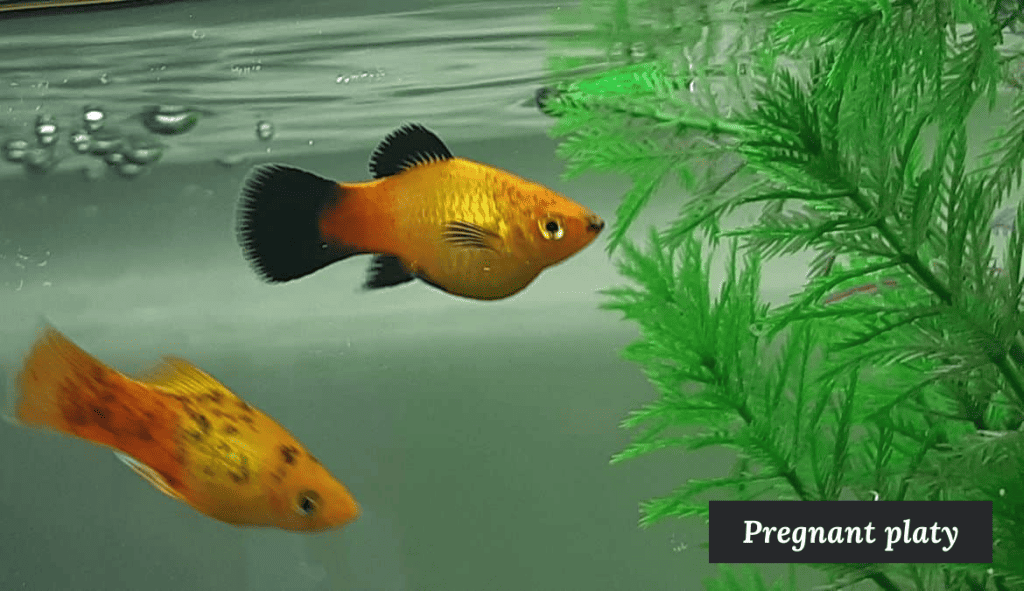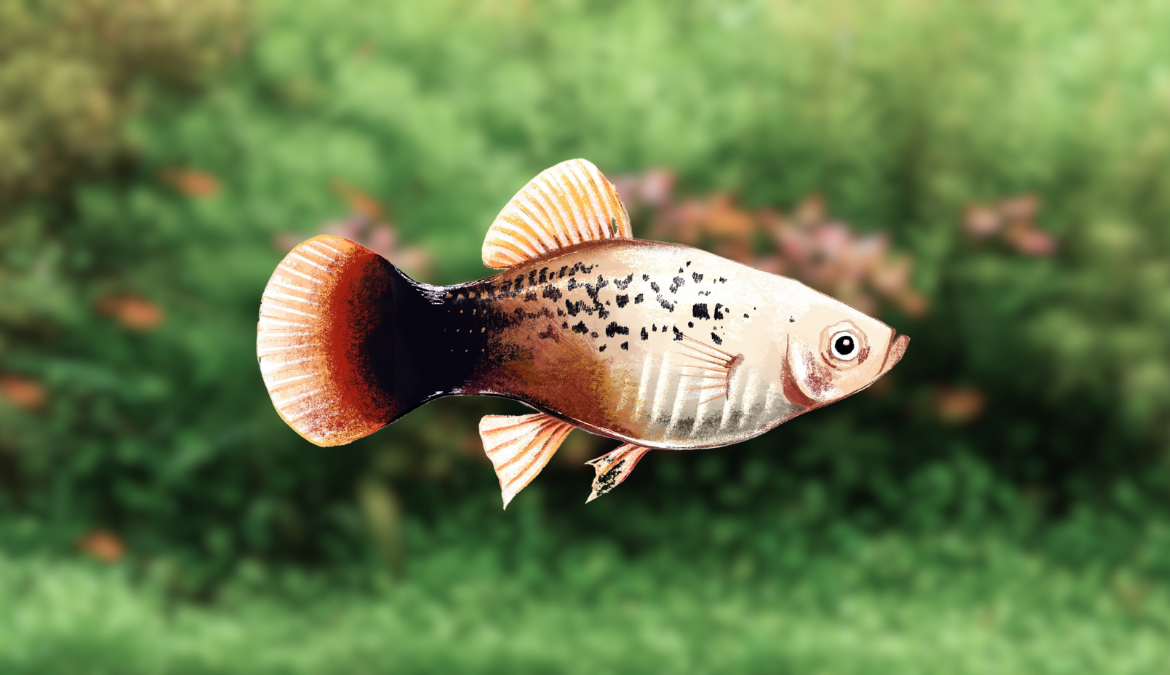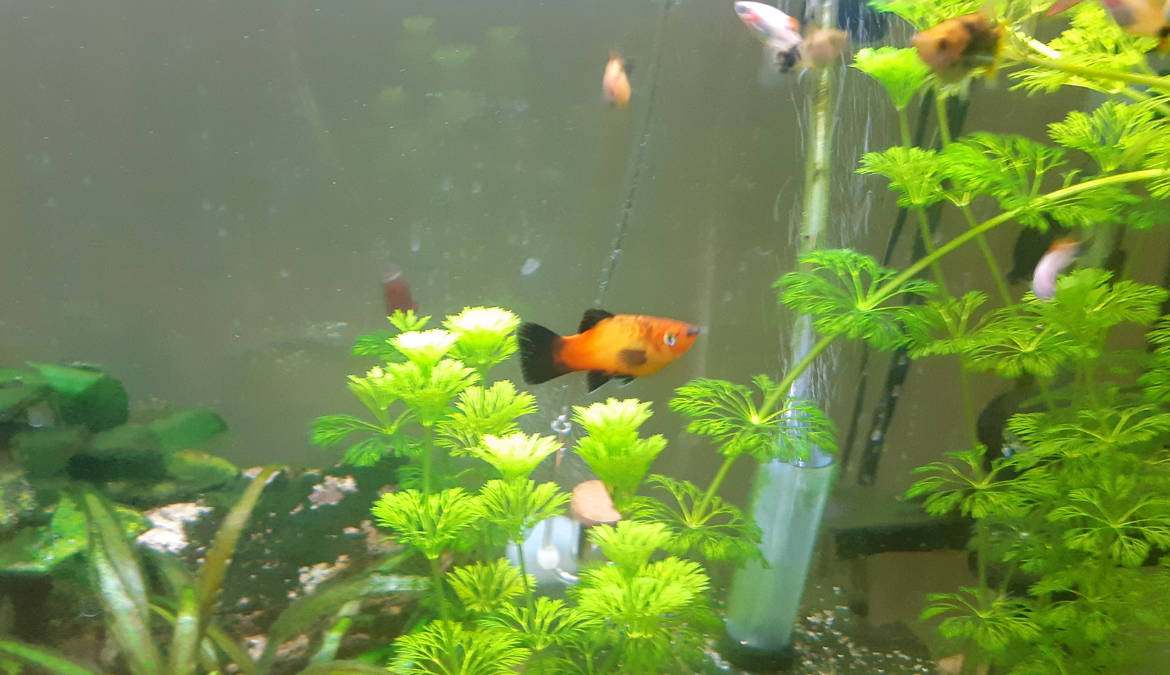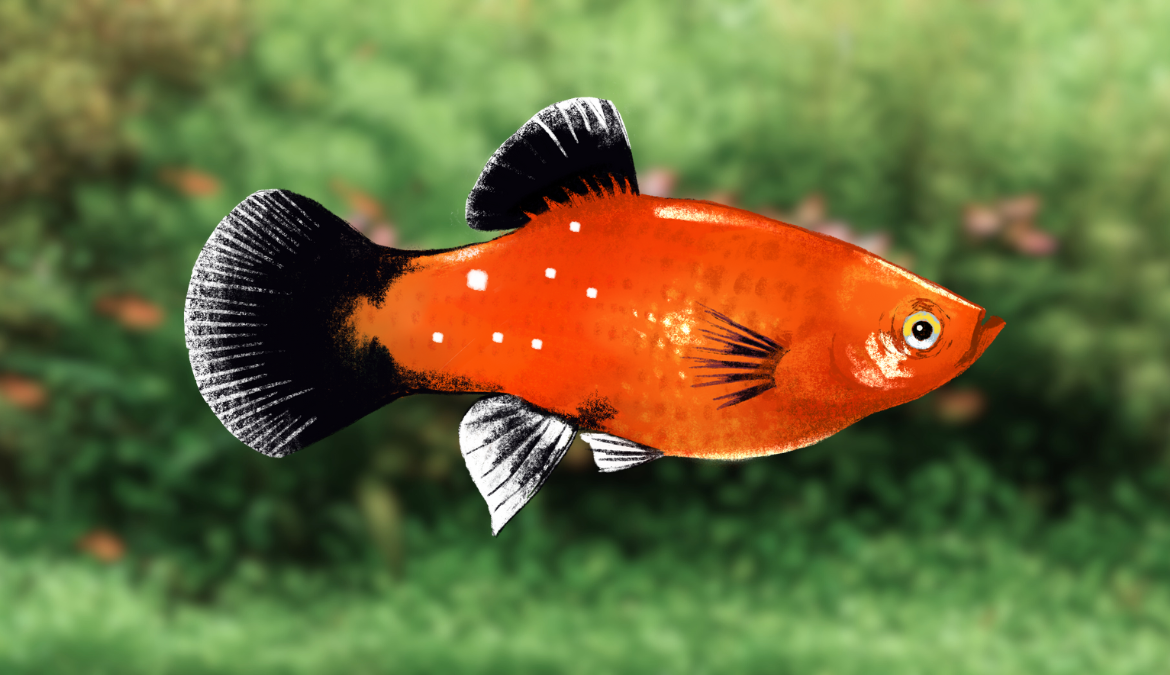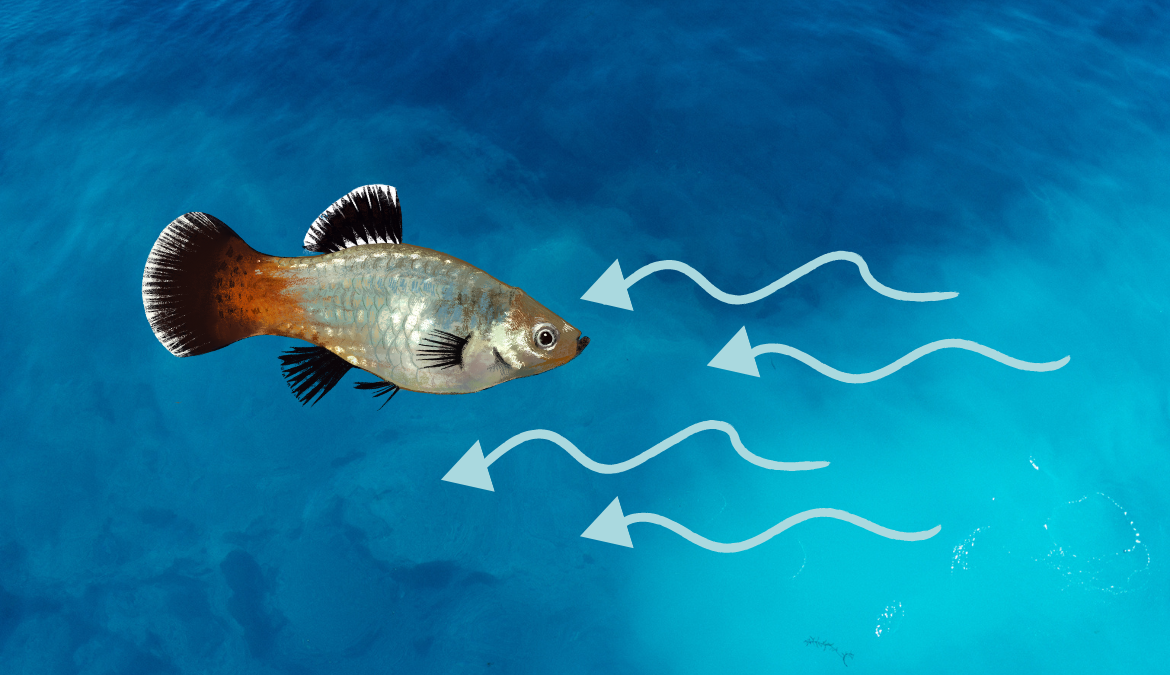Keeping single-gender tanks, surrendering fish to local stores or aquarists, or adding natural predators are options for controlling overpopulated platy aquariums. Having a plan to minimize overpopulation is important for reducing stress and disease.
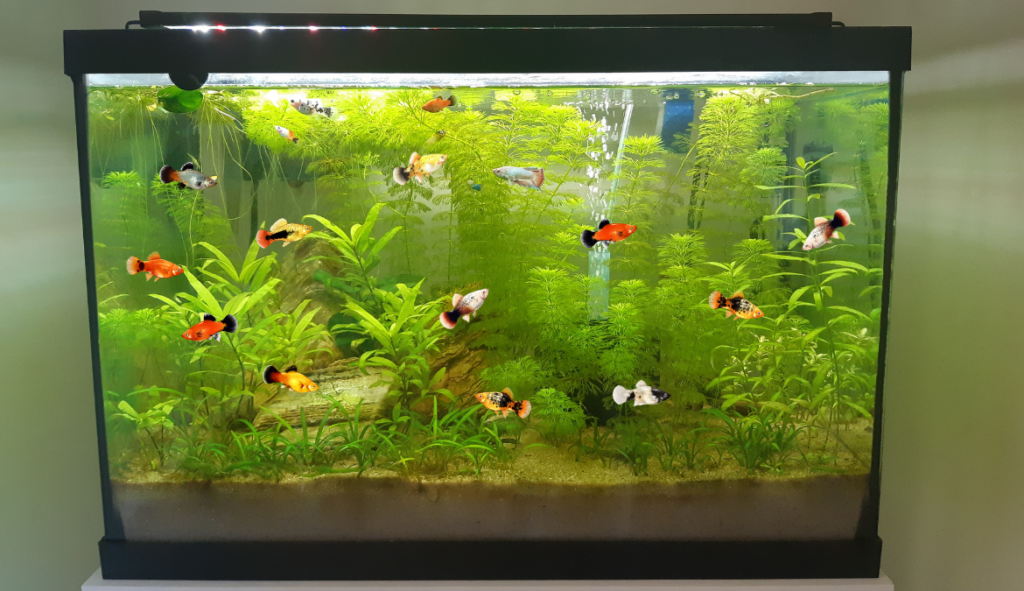
Here are some more things to consider if you’re struggling to manage a quickly growing platy community:
Consequences of Overpopulation in Platy Fish Tanks
Stress and Disease in Overcrowded Tanks
Overpopulation often leads to stress and disease among platy fish. The overcrowded conditions can cause territorial disputes, leading to aggressive behavior, which is unusual for this otherwise peaceful species.
Stress also weakens the fish’s immune system, making them more susceptible to diseases.
During an unfortunate overpopulation episode in my tank, I noticed a visible increase in disease prevalence and stress-induced aggression among my platies. It was a strong lesson in why maintaining a balanced population is so crucial for these sociable yet peaceful creatures.
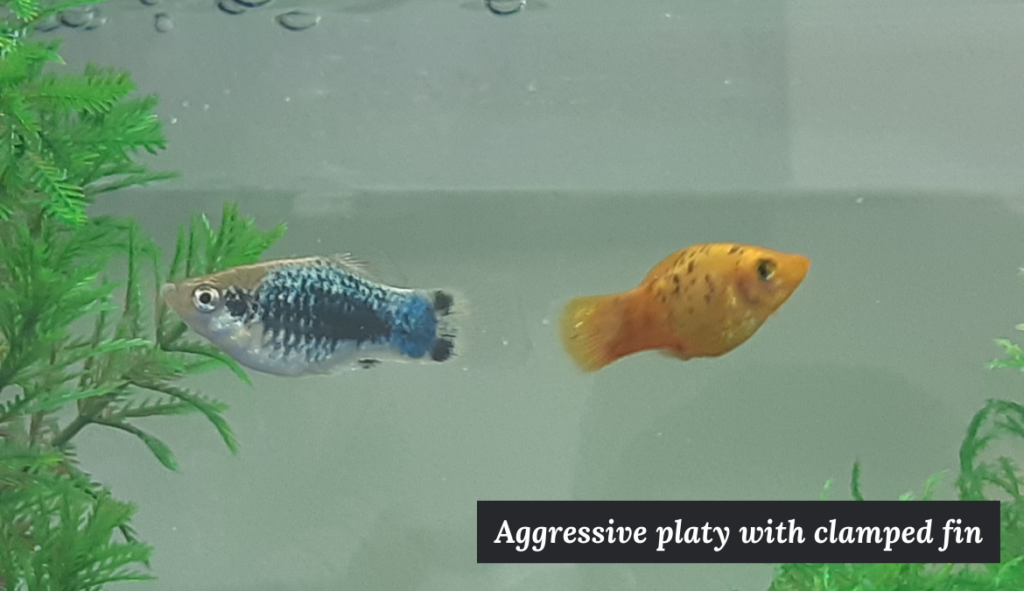
Initially, I tried keeping platies in a 10-gallon tank. In hindsight, this tank size was too small for fully grown adult platies, which can be 2-3 inches long. I upgraded to a 20-gallon tank and my overpopulation issues stopped.
Ultimately, the maximum number of platies you can peacefully keep will depend on the personality traits of your specific fish, how large they are, the male-to-female ratio, the size of your tank and other factors, making it difficult to know for sure.
Nutritional Shortcomings in Overpopulated Tanks
In an overpopulated tank, competition for food becomes intense, often leading to nutritional deficiencies. Especially in non-planted tanks, where their only food source is the food you feed them.
Smaller or less aggressive fish may not get their fair share, impacting their growth and overall health.
The limited availability of essential nutrients can also lead to weakened immunity, opening the door for illnesses. This might end up affecting the health of all your fish and not just the under-fed fish.
Our platy fish feeding guide offers more insights on how to ensure balanced nutrition for your platy fish.
Water Quality Deterioration
Overpopulation inevitably leads to more waste production, and if not properly managed, this can degrade the water quality, leading to harmful levels of ammonia, nitrites, and nitrates.
Poor water conditions can cause severe health problems in platy fish, and in extreme cases, even result in fatalities if your biological filter cannot establish itself quickly enough.
Also:
pH Fluctuations: Fish need a certain pH level to thrive. If the water is too acidic or too alkaline, it can damage the fish’s skin, gills, and eyes, leading to stress and disease. Severe pH changes can be fatal.
Poor Water Clarity: Water with a lot of particulate matter can irritate fish’s gills. Also, cloudy water could be a sign of bacterial bloom or high levels of waste products, which can lead to other water quality problems.
If you’re setting up a new tank or experiencing a population surge, it’s a good idea to regularly test your water parameters to make sure your water quality is not poor.
Ammonia, nitrite and nitrate levels are the most important parameters to keep an eye on. But I also conduct tests for my pH and water hardness. All of these can me measured using lliquid drop tests from API.
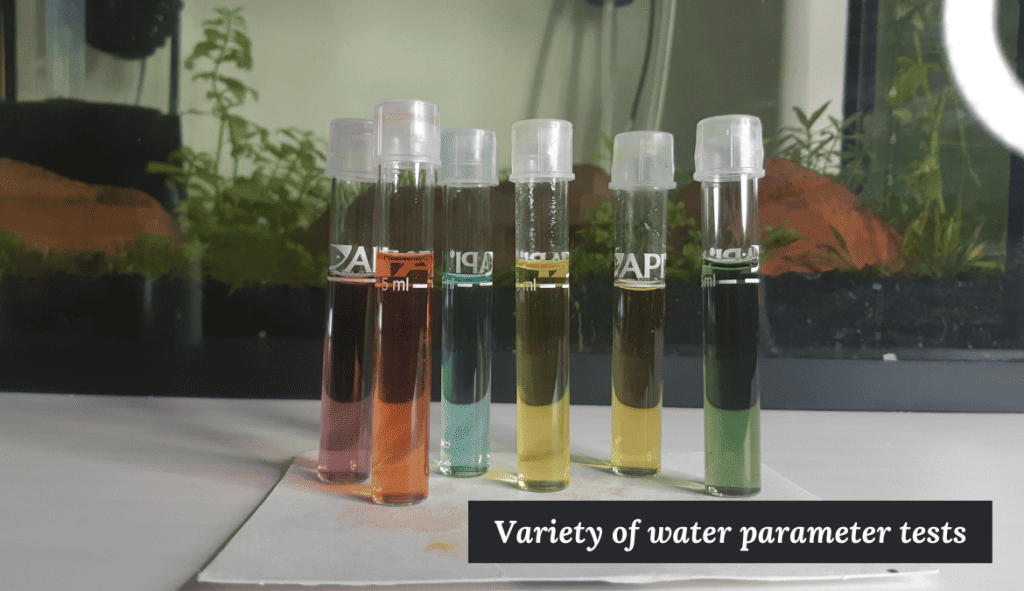
Measures to Control Overpopulation in Platy Fish Tanks
Now that we’ve covered the causes and consequences of overpopulation, let’s explore practical measures for controlling platy fish populations.
Separation of Sexes
As a preemptive measure, you might consider a female-only tank. This will prevent breeding and helps keep population levels stable. Of course, it’s not uncommon that a female platy purchased from a local fish store will already be pregnant when you buy her.
In my experience, while this method solves the overpopulation problem, it also takes away from the natural interplay and behaviors exhibited by a mixed-gender community.
My preference is to keep a healthy ratio of male and female platies and simply donate fry to other local aquarists or back to my local fish store. Many pet stores, especially specialty aquarium stores, will accept surrendered fish from your tank.
Responsible Disposition of Fry
If you have more fry than you can accommodate, consider giving them away to fellow hobbyists, local aquarium stores, or societies. It’s a responsible way to ensure that each platy fish gets the care and space it needs.
Call your local pet store to verify if they will accept your surrendered fish. Alternatively, join local Facebook groups or subreddits to engage with other local fishkeepers.
In the past, I’ve found local fish keeping communities to be quite receptive to accepting platy fry. It was reassuring to know that they were going to enthusiasts who could provide them with a good home.
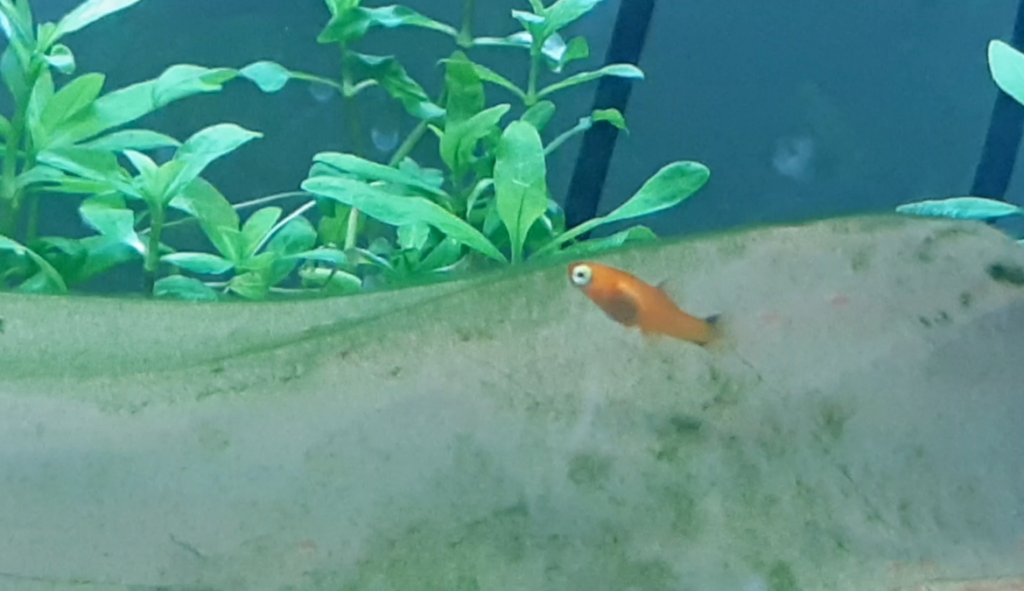
The Role of Natural Predators
In nature, predators keep the platy fish population in check. A similar approach can be taken in your aquarium. Adding compatible fish species that predate on platy fry can naturally control the population growth.
However, do this responsibly, ensuring that the added species will coexist harmoniously with your platies and not cause stress or harm to adult fish.
It turns out that most adult platies will eat their own fry. However, a well planted tank with adequate hiding spots and difficult-to-access locations might allow fry to remain safe until they are too big to eat.
Understanding Platy Fish Breeding Habits
The Breeding Cycle of Platy Fish
Platy fish are livebearers, meaning they give birth to fully formed, free-swimming fry rather than laying eggs. This species can breed every 4-6 weeks, and a single female can produce anywhere from 20 to 80 fry at a time, contributing significantly to the overpopulation issue.
I’ve personally observed this rapid reproduction rate in my own platy fish tanks. The sheer number of newborns that a single platy can produce is astonishing. However, understanding their prolific breeding habits is useful for effectively managing overpopulation.
The Role of Gender Ratio in Platy Fish Breeding
A key factor that influences platy fish breeding is the gender ratio within your tank. Typically, a ratio of two or three females per male is recommended. This not only decreases the chance of overbreeding but also reduces the risk of the females becoming stressed due to constant pursuit by the males.
In my tank, I’ve found that maintaining a careful gender balance can slightly reduce the rate of reproduction. However, platies are prolific breeders and will eventually cause overpopulation problems if you don’t have a long-term plan.
Identifying Pregnant Platies and Fry
Recognizing a pregnant platy and her fry is essential for effective population control. A pregnant platy often develops a ‘gravid spot’, a dark area near her abdomen. After birth, it’s common to find the tiny fry hiding in corners or among plants.
Pregnant platies are also characteriezed by their distended bellies:
